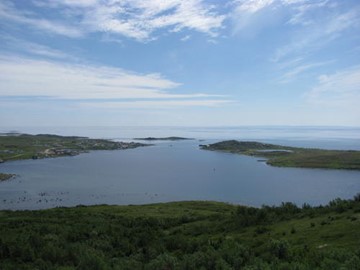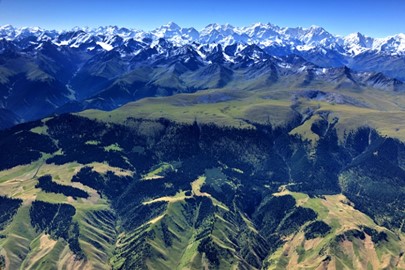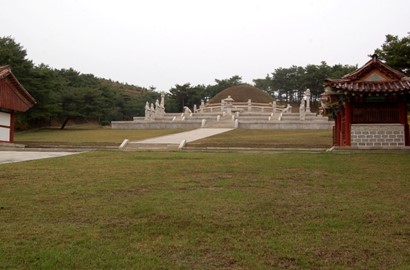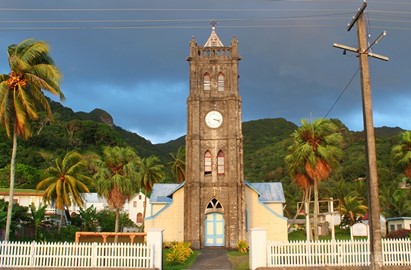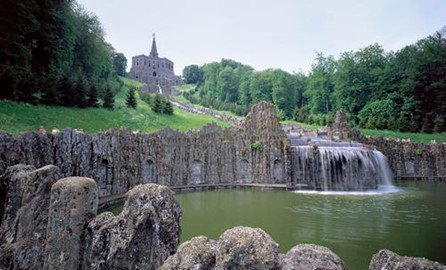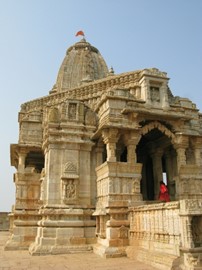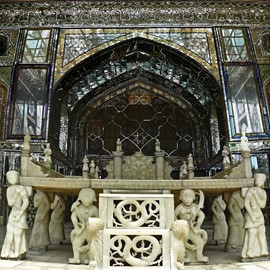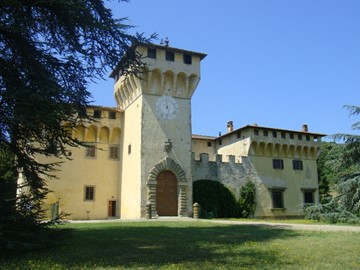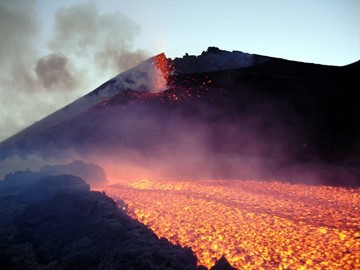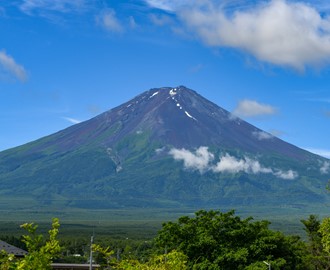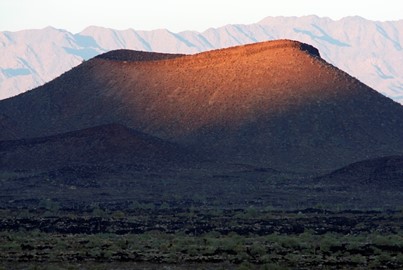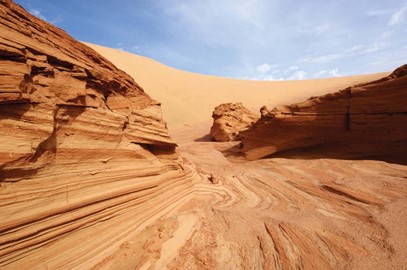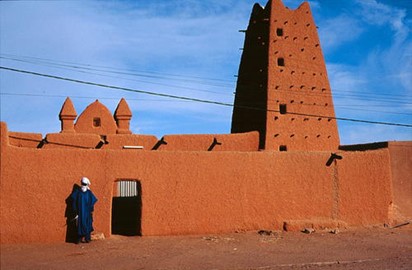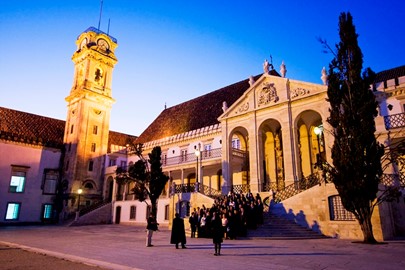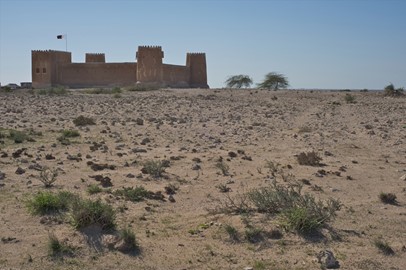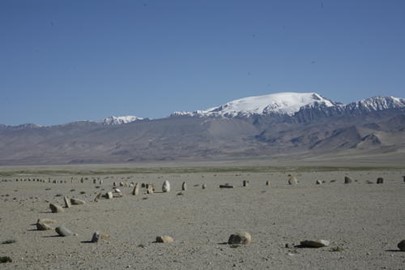year :: 2013
Wooden Tserkvas
Wooden Tserkvas, a UNESCO World Heritage site in Poland and Ukraine, recognized in 2013, are 16 intricately crafted wooden churches built between the 16th and 19th centuries by Eastern Christian communities. Featuring steep roofs, bell towers, and ornate interiors, they blend Byzantine influences with local carpentry traditions in the Carpathian region. This transnational site reflects the region’s rich religious and architectural heritage, preserving a unique cultural legacy across borders.
Red Bay Basque Whaling Station
Red Bay Basque Whaling Station, a UNESCO World Heritage site in Canada, is a 16th-century archaeological site from Europe’s earliest industrial whaling ventures. Preserving sunken galleons, whale oil tryworks, and artifacts, it highlights the Basque whalers’ pivotal role in the global economy. Recognized for its historical significance, it stands as a testament to Canada’s early maritime and industrial past.
Xinjiang Tianshan
Xinjiang Tianshan, a UNESCO World Heritage Site in China, is a majestic mountain range renowned for its dramatic landscapes, including snow-capped peaks, deep valleys, and diverse ecosystems. Spanning deserts, meadows, and forests, it hosts unique biodiversity with rare species like the Tianshan snow lotus. The region’s striking red sandstone formations and glacier-fed rivers create a stunning natural spectacle, while its cultural significance as a historical Silk Road corridor adds depth. Ideal for trekkin... Read More
Hani Rice Terraces
The Hani Rice Terraces, a UNESCO World Heritage site in China, are a breathtaking network of cascading fields carved into mountainsides by the Hani people over 1,000 years. These intricate terraces, sustained by an ancient irrigation system, blend agricultural ingenuity with stunning natural beauty. Reflecting a sustainable harmony between humans and the environment, they showcase a living cultural landscape.
Kaesong
Kaesong, a UNESCO World Heritage site in Korea, is a historic city renowned for its well-preserved cultural and architectural legacy. It served as the capital of the Koryo Dynasty (918–1392), showcasing traditional Korean urban planning, ancient palaces, and tombs. The site includes notable landmarks like the Kaesong Namdae Gate and the Koryo Museum, reflecting its significance as a center of trade, education, and ginseng production. Recognized by UNESCO in 2013, Kaesong offers a glimpse into Korea’s rich m... Read More
Levuka
Levuka, a UNESCO World Heritage site in Fiji, is a historic port town founded in the early 19th century, celebrated for its well-preserved colonial architecture and cultural significance. Once Fiji’s first capital under British rule from 1874 to 1882, it features quaint buildings along a beachfront, blending European and indigenous influences. Recognized in 2013, this rare example of a 19th-century Pacific settlement reflects a unique fusion of local traditions and colonial power.
Bergpark Wilhelmshöhe
Bergpark Wilhelmshöhe, a UNESCO World Heritage site in Germany, is an impressive 18th-century landscape park renowned for its grand architecture and elaborate water features. Created by Landgrave Wilhelm IX, it features the striking Hercules monument perched atop a hill, overlooking a vast cascading fountain system that culminates in a dramatic 250-meter-long water display. The park seamlessly blends Baroque design with Romantic ideals, showcasing historic structures like the Löwenburg Castle alongside meti... Read More
Hill Forts of Rajasthan
The Hill Forts of Rajasthan, a UNESCO World Heritage site in India, comprise six majestic forts built between the 5th and 18th centuries by Rajput rulers. These forts, showcasing exceptional architecture and strategic design, served as centers of power, defense, and culture. Their robust walls, intricate palaces, and temples reflect a blend of Rajput and Mughal influences, offering a glimpse into India’s rich historical legacy. Today, they stand as enduring symbols of the region’s royal heritage and enginee... Read More
Golestan Palace
Golestan Palace, a UNESCO World Heritage site in Iran, is a stunning royal complex showcasing Persian architectural brilliance and opulence. This historic site features ornate tilework, mirrored halls, and elegant gardens, reflecting the grandeur of the Qajar dynasty. Recognized for its cultural value, it blends traditional design with European influences, offering a glimpse into Iran’s royal heritage.
Medici Villas and Gardens
The Medici Villas and Gardens in Tuscany, a UNESCO World Heritage site in Italy, represent an exceptional collection of Renaissance-era residences and landscaped gardens built by the influential Medici family. These sites blend elegant architecture with meticulously designed outdoor spaces, featuring fountains, sculptures, and terraced layouts that influenced European garden design. Recognized for their historical and artistic value, they illustrate the Medici’s patronage of art and innovation during the 15... Read More
Mount Etna
Mount Etna, a UNESCO World Heritage site in Italy, is one of the world’s most active volcanoes, renowned for its exceptional geological and scientific value. This towering stratovolcano features diverse volcanic landscapes, including craters, lava flows, and ash fields, shaped by frequent eruptions over millennia. Its unique ecosystem supports rare flora and fauna adapted to the harsh volcanic environment. Etna’s ongoing activity and striking natural beauty make it a globally significant natural landmark.
Fujisan
Fujisan, a UNESCO World Heritage site in Japan, is an iconic volcanic peak revered for its symmetrical beauty and cultural significance. This sacred mountain has inspired art, poetry, and pilgrimage for centuries, with historic shrines and trails dotting its slopes. Its snow-capped summit and surrounding landscapes exemplify a harmonious blend of natural splendor and spiritual tradition.
El Pinacate and Gran Desierto
El Pinacate and Gran Desierto, a UNESCO World Heritage site in Mexico, is a striking volcanic landscape featuring dramatic craters, lava flows, and vast sand dunes. This unique ecosystem supports a diverse array of desert wildlife and rare plant species, adapted to its arid conditions. Recognized for its geological significance and biodiversity, it stands as a testament to the natural beauty and ecological resilience of Mexico’s desert regions.
Namib Sand Sea
The Namib Sand Sea, a UNESCO World Heritage site in Namibia, is a stunning coastal desert renowned for its vast expanse of towering sand dunes, some reaching heights of over 300 meters. This unique landscape, shaped by wind and time, features striking red and orange hues, creating a dramatic contrast with the Atlantic Ocean. Recognized for its exceptional natural beauty and ecological significance, it supports a surprising variety of adapted wildlife, including rare species like the fog-basking beetle. Its ... Read More
Agadez
The Historic Centre of Agadez, a UNESCO World Heritage site in Niger, is a well-preserved example of a traditional Sahelian urban settlement. Founded in the 11th century, it flourished as a key trans-Saharan trade hub, blending indigenous and Islamic architectural influences. Its notable features include the iconic 27-meter-high mud-brick minaret of the Agadez Mosque, a testament to local craftsmanship, alongside a labyrinth of narrow streets and earthen homes. Today, it stands as a cultural treasure, refle... Read More
University of Coimbra
The University of Coimbra – Alta and Sofia, a UNESCO World Heritage site in Portugal, is renowned for its historical and cultural significance. Founded in 1290, the university is one of the oldest in continuous operation worldwide, featuring stunning architecture like the Joanina Library and St. Michael’s Chapel. Its traditions, including academic rituals and student life, reflect centuries of intellectual heritage, making it a remarkable testament to European education and history.
Al Zubarah
Al Zubarah, a UNESCO World Heritage site in Qatar, is a well-preserved 18th-century coastal town that offers a glimpse into the region's pearling and trading past. Founded by merchants from Kuwait, it flourished as a key trading hub in the Gulf, connecting local communities with global markets through its strategic location. The site features a fortified settlement with remnants of houses, mosques, and a marketplace, alongside a nearby fort built in 1938 for defense. Archaeological discoveries, including po... Read More
Tajik National Park
Tajik National Park, a UNESCO World Heritage site in Tajikistan, is renowned for its stunning natural beauty and rich biodiversity. The park features dramatic mountain landscapes, including some of the highest peaks in Central Asia, alongside pristine lakes, rivers, and glaciers. It serves as a critical habitat for rare species like the snow leopard and Marco Polo sheep, making it a vital conservation area. This protected region also holds cultural significance, with ancient archaeological sites and traditi... Read More
Tauric Chersonese
Tauric Chersonese, a UNESCO World Heritage Site in Ukraine, is an ancient city founded by Dorian Greek colonists in the 5th century BC on the northern shores of the Black Sea. This archaeological treasure encompasses the remains of a thriving polis, including public buildings, residential areas, and early Christian monuments, alongside its chora—well-preserved agricultural plots that once supported vineyards vital to the city’s economy. Inscribed on the UNESCO list in 2013, it showcases a remarkable blend o... Read More

